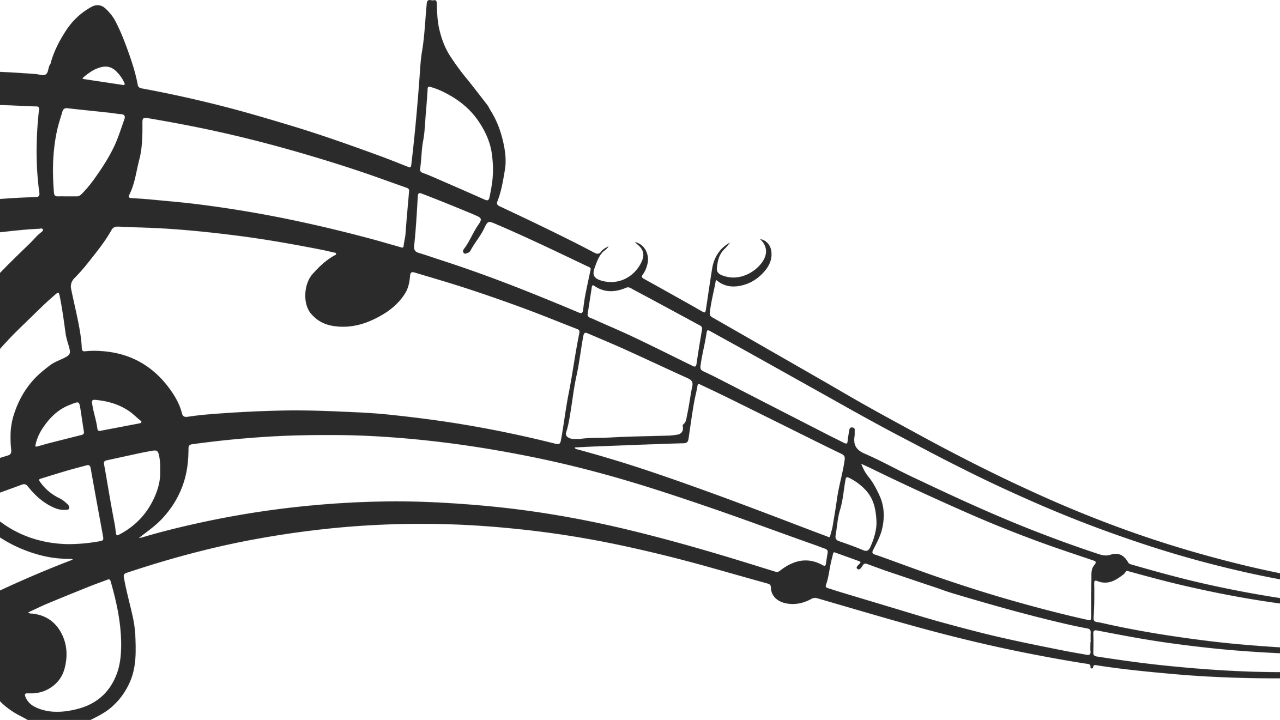Have you ever dreamt of recording your own song? Maybe you have a melody or lyrics in your head, and you want to turn it into something real.(how to record a song with music) Recording a song with music can feel like magic—it’s where your ideas come alive for the world to hear.
But how do you begin? Don’t worry! You don’t need an expensive studio or fancy gadgets to start. With a few tools, some preparation, and lots of creativity, you can record your song and make it sound amazing. This guide will show you, step by step, how to record a song with music in a way that’s easy to follow and fun.
Why Should You Record Your Song?
Recording your song is more than just putting music together. Here’s why it’s important:
- Share Your Story: Your music is your voice, and recording lets others hear your unique story.
- Create Memories: A recorded song is something you’ll cherish forever.
- Reach More People: Platforms like YouTube, Spotify, and Instagram let you share your music worldwide.
Music is for everyone, and with the right tools and mindset, you can create something truly special.
Step 1: Get Ready
Before you start recording, you need to get everything in place. Think of this step as laying the foundation for a house—it makes everything stronger later on.
- Write Your Song: Make sure your song is ready. This includes the lyrics, the melody, and any instruments you plan to use.
- Practice, Practice, Practice: Sing or play your song several times until you’re confident. This makes the recording process smoother.
- Decide on the Style: Will it be acoustic, pop, rock, or something else? Understanding the vibe of your song helps in recording.
Tip: If you’re new to singing, start with basic vocal practice for beginners to improve your confidence. (how to record a song with music)
Step 2: Find Your Recording Space
You don’t need a professional studio to record your song. A quiet and cozy corner at home can work just fine. Here’s what to do:
- Pick a Quiet Room: Choose a room where you won’t hear outside noises like traffic, fans, or people talking.
- Make It Sound Better: Hang blankets or place cushions around the room to reduce echo.
- Set Up Your Equipment: Position your microphone and computer in a comfortable spot.
Your space doesn’t have to be perfect—just quiet enough to focus on your music.
Step 3: Collect Your Tools
Every job needs tools, and recording music is no different. Here’s a basic list of what you need:
- Microphone: A condenser microphone works best for vocals.
- Computer or Smartphone: You’ll use this to record, edit, and save your song.
- Headphones: Use closed-back headphones to hear every detail clearly.
- Pop Filter: This helps reduce harsh “p” and “s” sounds when singing.
- DAW (Digital Audio Workstation): Software like Audacity or GarageBand is great for beginners.
If you don’t have everything, don’t stress! You can still start with just your phone and upgrade as you go.
Step 4: Record the Music First
Recording the music or instrumental part of your song is like creating the background for a painting—it sets the stage for everything else.
- Start with the Beat: If your song has drums or beats, record them first. You can use an app, drum machine, or even a simple keyboard.
- Add the Main Instrument: Whether it’s a guitar, piano, or ukulele, record the main instrument next.
- Use a Metronome: This is a tool that keeps your timing perfect. Most recording apps have one built-in.
Tip: Don’t rush! Take your time to get each part just right. You can always fix small mistakes later. (how to record a song with music)
Step 5: Record Your Vocals
Now comes the fun part—recording your voice! Vocals bring the song to life, so this step needs extra care.
- Warm Up Your Voice: Spend 10 minutes humming or doing scales to loosen your voice.
- Adjust the Mic: Place the microphone 6–12 inches from your mouth. Use a pop filter for better sound.
- Sing with Feeling: Your emotions matter more than hitting every note perfectly. Sing like you mean it!
- Record Multiple Takes: Sing the same part several times. This gives you options to choose the best one later.
Step 6: Combine and Edit
Once you’ve recorded the music and vocals, it’s time to put everything together. This step is called editing, and it makes your song sound polished.
- Align Your Tracks: Make sure the music and vocals match perfectly in timing.
- Remove Mistakes: Cut out parts where there are coughs, clicks, or background noises.
- Adjust the Volumes: Balance the instruments and vocals so everything sounds clear.
- Add Effects: A little reverb or equalizer can make your song sound more professional.
Step 7: Final Touches
The final step in creating your song is mastering. This process makes your song sound its best on all devices—whether it’s headphones, speakers, or car stereos.
- Boost the Sound: Make sure your song is loud enough without distorting.
- Test on Different Devices: Listen to your track on a phone, laptop, and speaker to ensure it sounds great everywhere.
- Save Your File: Export your song in formats like MP3 or WAV for easy sharing.
Congratulations! Your song is ready. Now it’s time to share it with the world.
- Upload to Streaming Platforms: Use platforms like Spotify, Apple Music, or YouTube to reach a wider audience.
- Promote on Social Media: Share your song on Instagram, Facebook, or TikTok. Show behind-the-scenes clips to engage your audience.
- Ask for Feedback: Share your song with friends or music groups to hear their thoughts.
Sharing your music is the most rewarding part of the process. Don’t be shy—let the world hear your talent!
Bonus Tips for Beginners
- Start Small: Don’t aim for perfection in your first try. Just enjoy the process.
- Experiment: Try different styles, instruments, and effects to find your unique sound.
- Keep Learning: Watch tutorials, read articles, and practice regularly.
Common Mistakes to Avoid
- Skipping Practice: The better prepared you are, the smoother your recording will be.
- Ignoring the Room Sound: Even simple acoustic treatment can make a big difference.
- Overusing Effects: Keep it natural—your raw talent is what makes your song special.
How Deliver My Tune Can Help
If you want to make the process even easier, check out services like Deliver My Tune. They offer tools like AI mastering, music distribution, and social media management to help artists like you.
Explore:
- AI Mastering Services
- Music Distribution Options
Conclusion: You’re Ready to Shine
Recording a song with music isn’t just about the technical steps—it’s about expressing yourself and sharing your passion. With patience and practice, you can turn your ideas into beautiful music that touches people’s hearts.
Remember, every great artist started somewhere. Take your first step today, and who knows? Your song might inspire someone tomorrow.
So, grab your microphone, hit record, and let your creativity flow. The world is waiting to hear your music!
Related Articles:
For further reading, explore these related articles:
- How to Download VEVO Songs Easily: A Simple Guide for Everyone
- Promo Cards on Spotify: A Game Changer for Artists
For additional resources on music marketing and distribution, visit Deliver My Tune.






